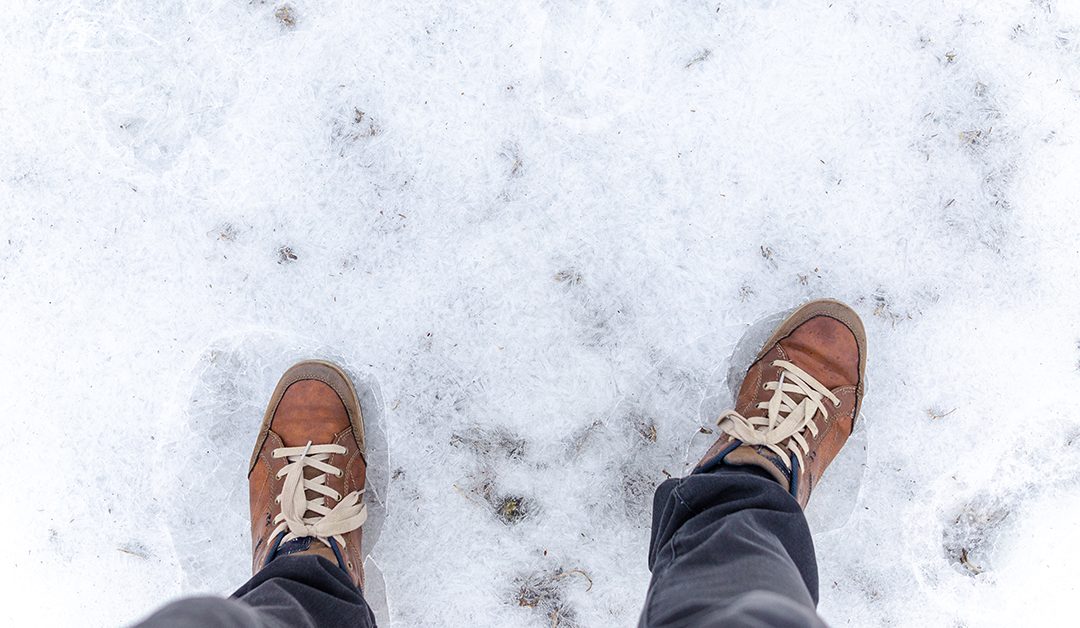In Sweden, snow-readiness is as deeply ingrained in the national psyche as it is in the statutes
As with so many things, Sweden seems to lead the way when it comes to managing the seasons.
Winter is dealt with by the law book: drivers are required to fit their vehicles with winter tyres, local authorities to keep the roads clear, and shop owners to ensure the pavement outside their business is non-treacherous.
But snow-readiness is as deeply ingrained in the national psyche as it is in the statutes. “The houses in Sweden are built for this kind of weather and most of them have triple glazing, which makes a big difference,” said a spokeswoman for the Swedish embassy in London.
“The clothes are also more suitable for cold weather. All Swedes have a summer coat, an autumn coat, a winter coat, and a spring coat. The shoes people wear will have a proper sole on them so that you don’t freeze. As soon as there’s snow or ice, the councils are out putting salt on the streets as a legal requirement. In the very north of Sweden, that doesn’t work, so they get out the snowploughs instead.”
When things get really bad, she added, the snow chains come out and warm sand is scattered over airport runways.
Still, she mused, plummeting mercury and freezing flurries are always treated with Scandinavian sangfroid.
“It’s very much another day — even if it’s -10 or -15C. All the kids will be out playing and all the schools will be open. We’ve been living like this for a very long time and we’re used to it.”
What do Swedes make of the annual British snow panic? “We smile and go, ‘That wouldn’t happen in Sweden.'”
The Canadians, too, are well adjusted to the cold.
According to David Phillips, a senior climatologist with Environment Canada, the country is the snowiest and second coldest nation on earth, with an average of 200cm of snow falling each year.
“We know how to deal with snow,” he said. “But with the first snowfall in October or November, we have to learn to drive all over again — and the snowplough drivers have to learn their new routes.”
Snow tyres, chains and studs are snapped up, some streets are declared no-parking zones because they lie on snowplough routes, giant snow melters are fired up for the winter, and caravans of snowploughs are dispatched to runways and highways.
Although snow control is a billion-dollar business in Canada – the average life of a snow shovel there is just two-and-a-half years – Phillips pointed out that the weather had its advantages.
“We make more out of snow than it costs us when it comes to skiing, tourism and recreation.”
Across the chilly water, on the bleak Svalbard archipelago in the Norwegian arctic, winter temperatures can drop to -55C.
“If the wind is blowing a lot, we have problems with the snow in some places,” said Mary-Ann Dahle, who runs a hotel in the town of Longyearbyen.
“Then you get your good clothes on but you don’t go out much. You can’t go out on snowmobiles, so you cover your face and you cover everything.”
When it’s really cold, though, you do have to be a little more careful.
“I went out on the ice when it was -50C once and the cold got into my eyes and I had problems for two years,” said Dahle. “We don’t have problems with the cold; the tourists do. [But] -10C? That’s not cold at all.”

